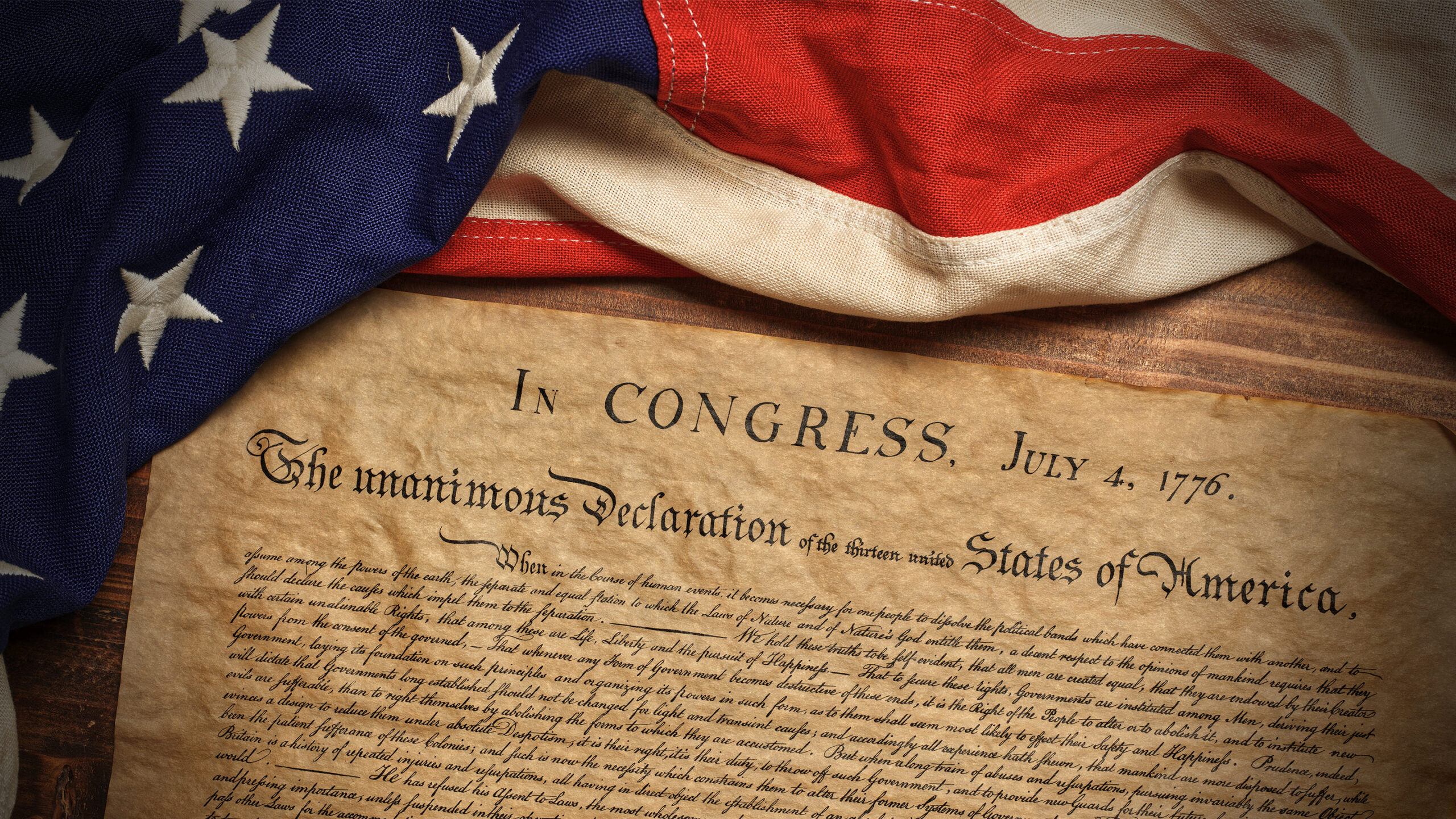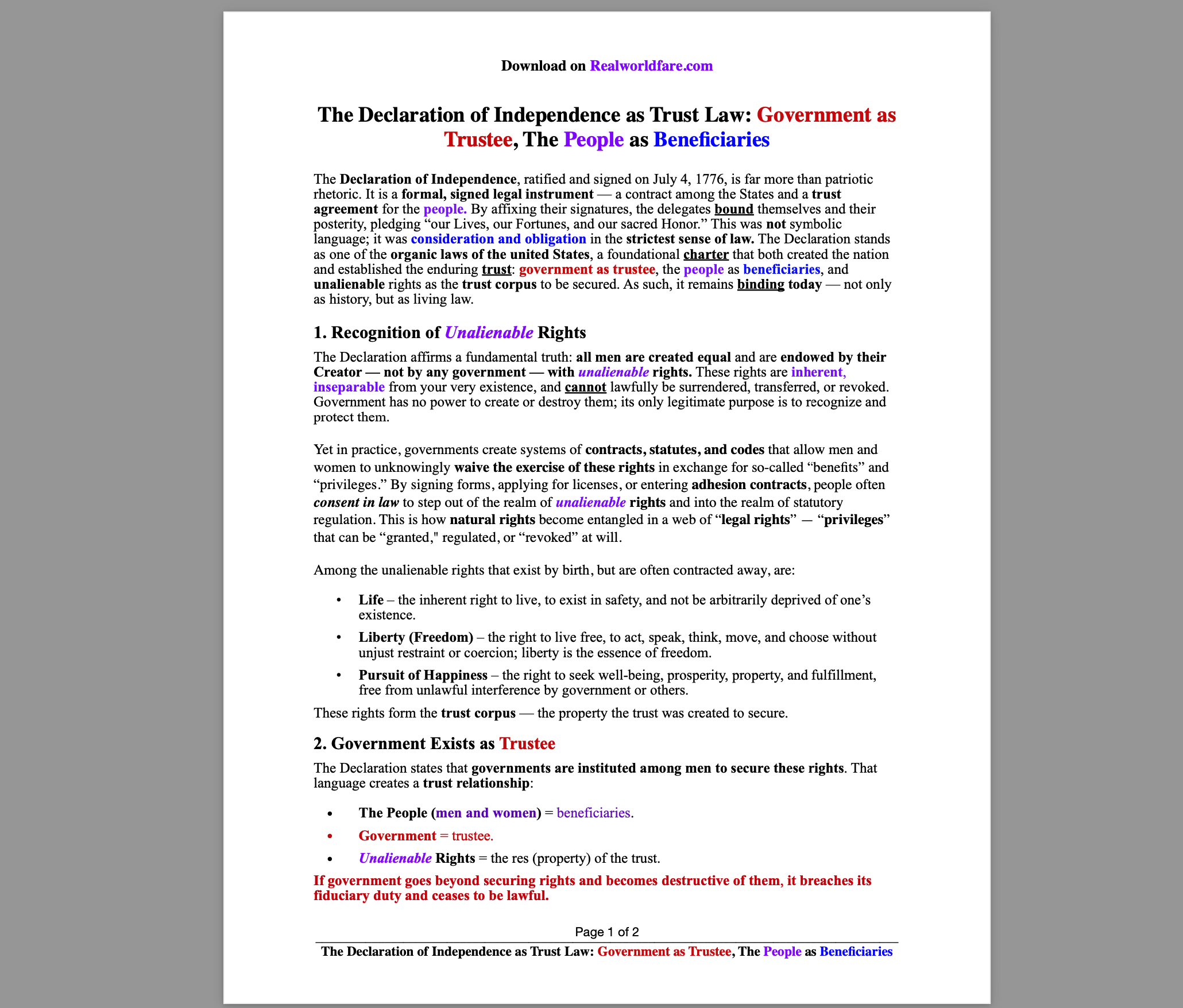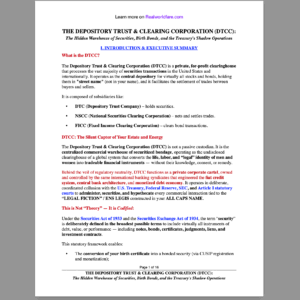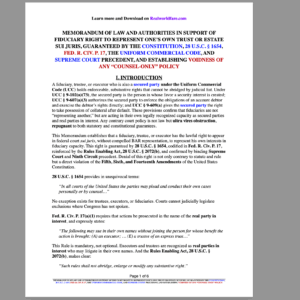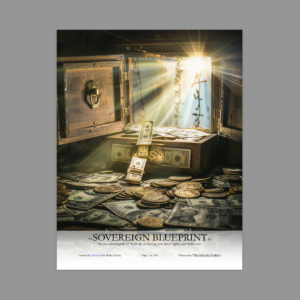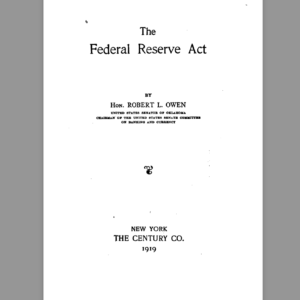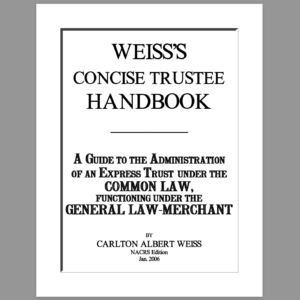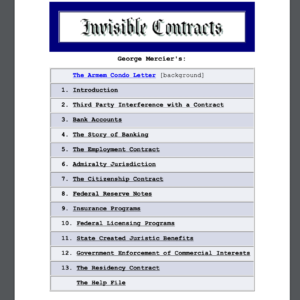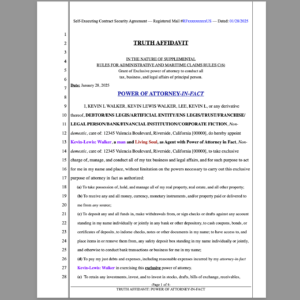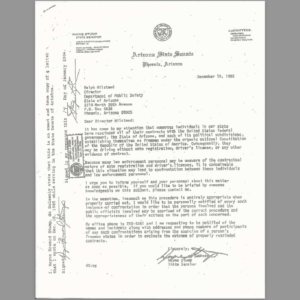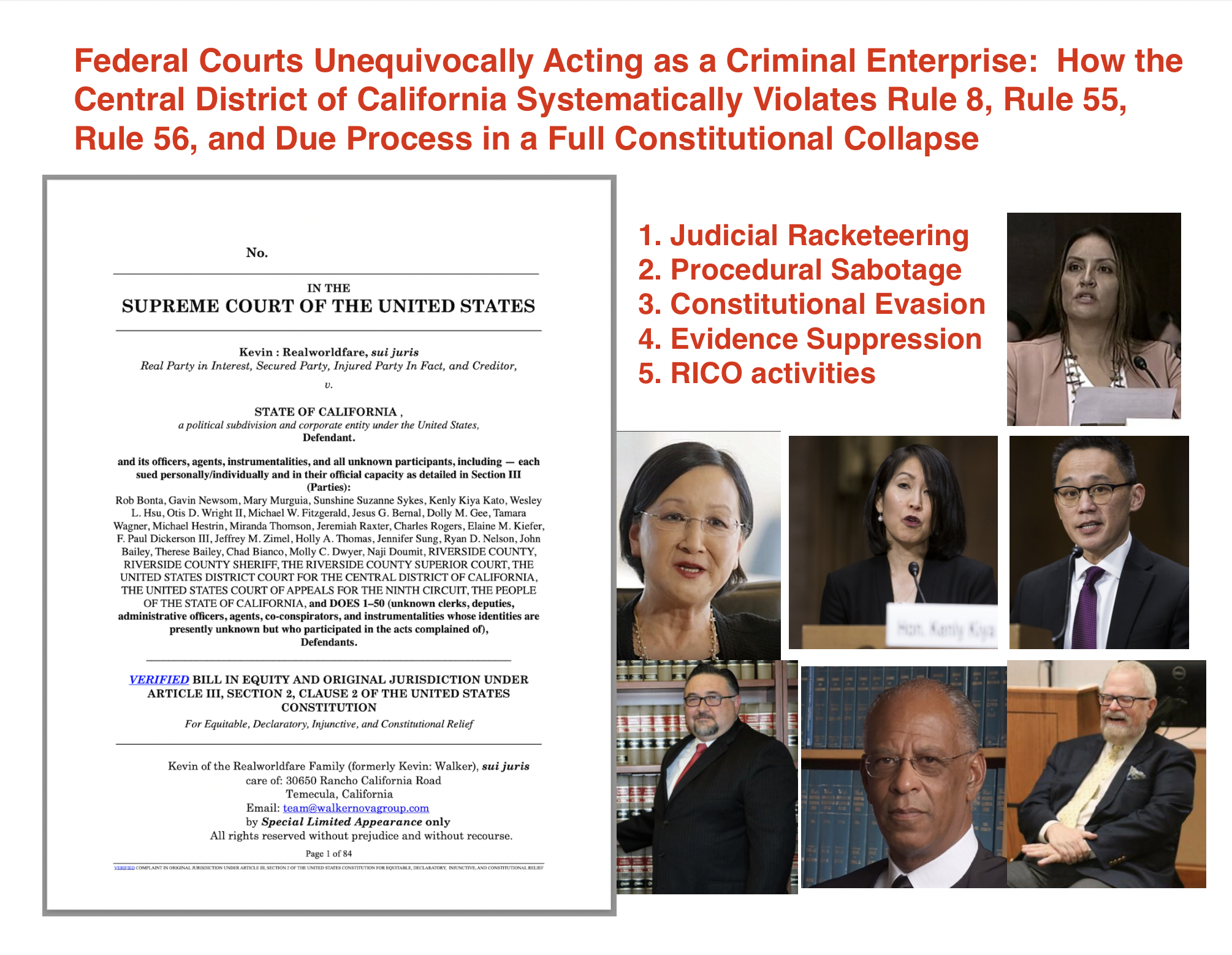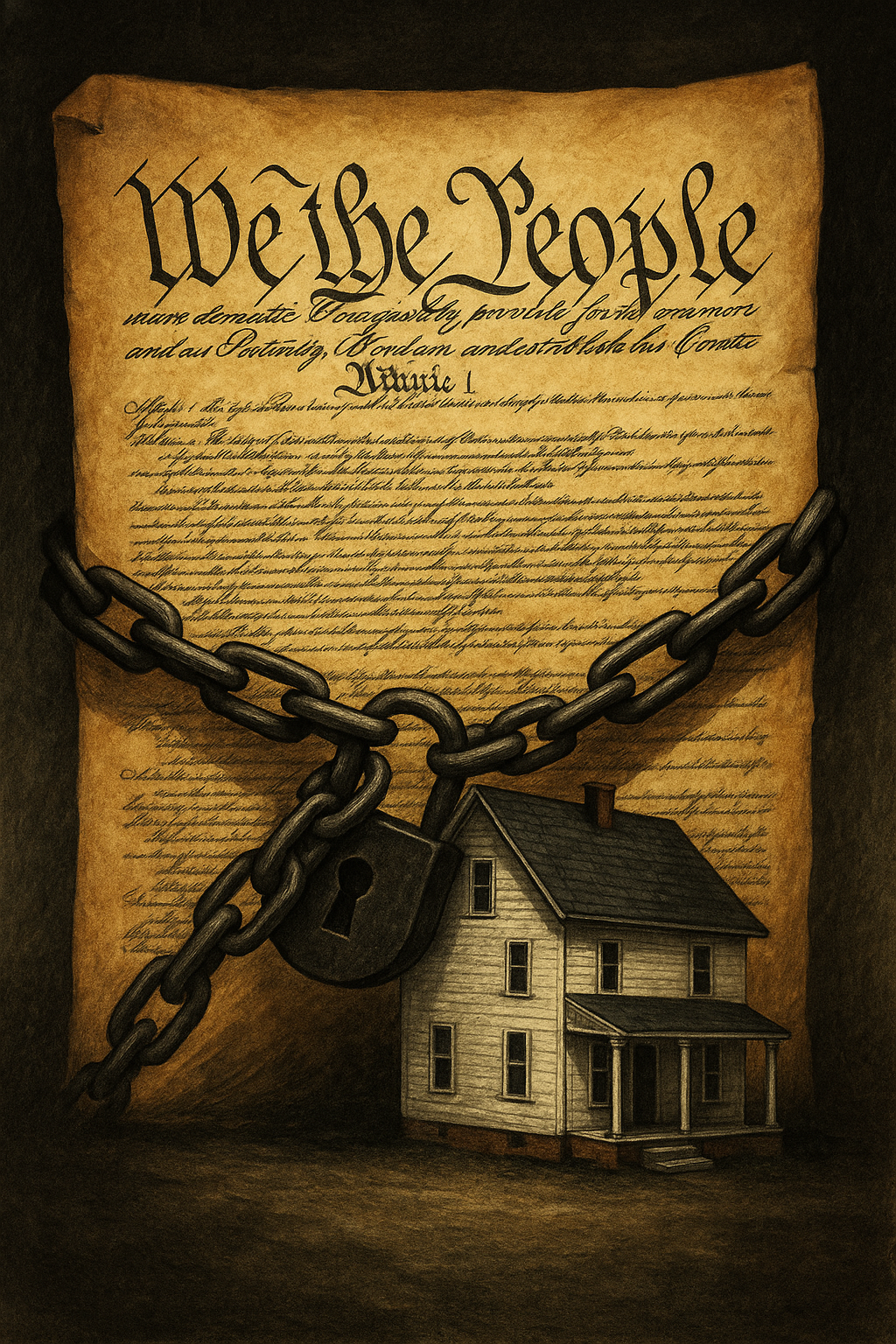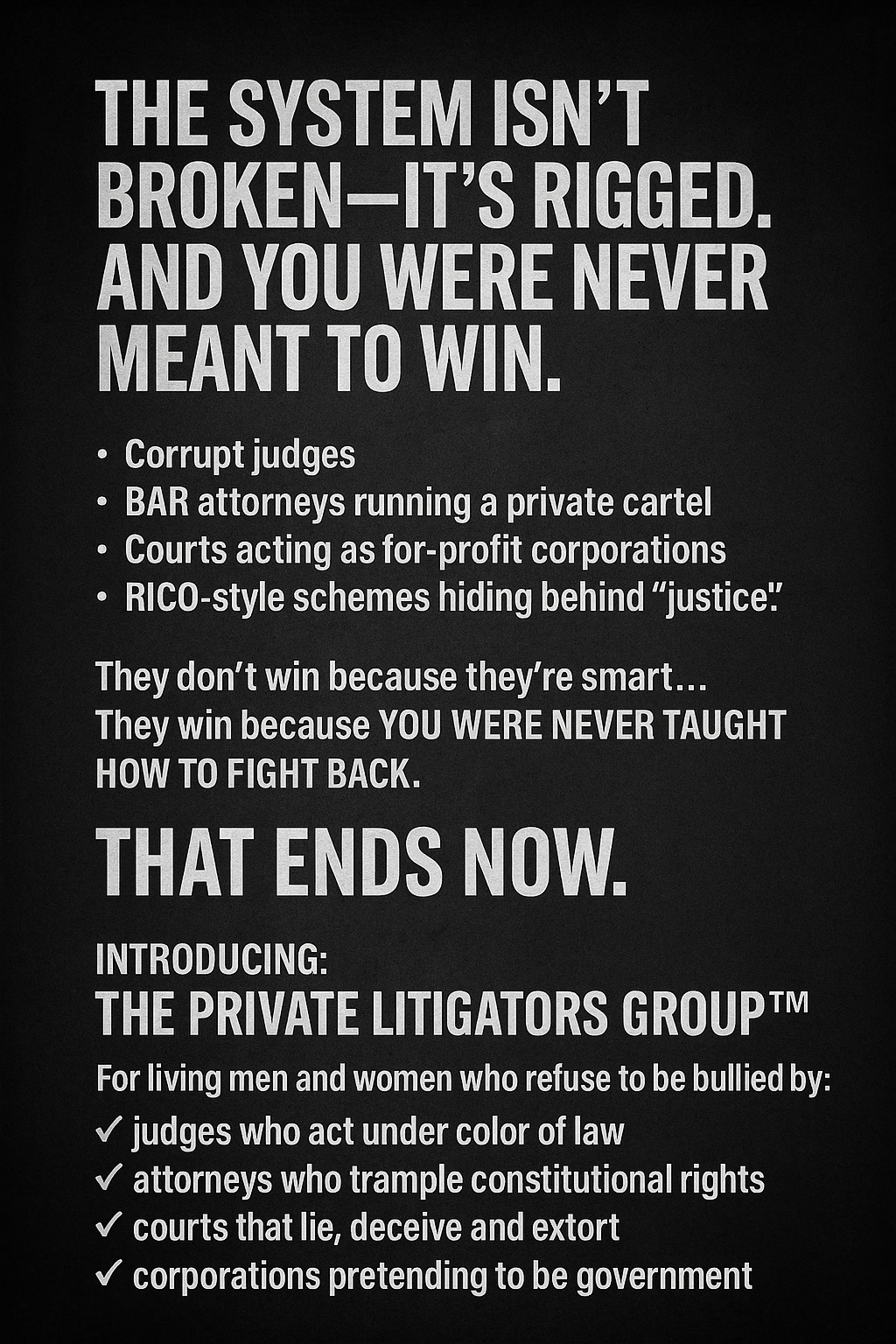The Declaration of Independence, ratified and signed on July 4, 1776, is far more than patriotic rhetoric. It is a formal, signed legal instrument — a contract among the States and a trust agreement for the people. By affixing their signatures, the delegates bound themselves and their posterity, pledging “our Lives, our Fortunes, and our sacred Honor.” This was not symbolic language; it was consideration and obligation in the strictest sense of law. The Declaration stands as one of the organic laws of the united States, a foundational charter that both created the nation and established the enduring trust: government as trustee, the people as beneficiaries, and unalienable rights as the trust corpus to be secured. As such, it remains binding today — not only as history, but as living law.
1. Recognition of Unalienable Rights
The Declaration affirms a fundamental truth: all men are created equal and are endowed by their Creator — not by any government — with unalienable rights. These rights are inherent, inseparable from your very existence, and cannot lawfully be surrendered, transferred, or revoked. Government has no power to create or destroy them; its only legitimate purpose is to recognize and protect them.
Yet in practice, governments create systems of contracts, statutes, and codes that allow men and women to unknowingly waive the exercise of these rights in exchange for so-called “benefits” and “privileges.” By signing forms, applying for licenses, or entering adhesion contracts, people often consent in law to step out of the realm of unalienable rights and into the realm of statutory regulation. This is how natural rights become entangled in a web of “legal rights” — “privileges” that can be “granted,” regulated, or “revoked” at will.
Among the unalienable rights that exist by birth, but are often contracted away, are:
- Life – the inherent right to live, to exist in safety, and not be arbitrarily deprived of one’s existence.
- Liberty (Freedom) – the right to live free, to act, speak, think, move, and choose without unjust restraint or coercion; liberty is the essence of freedom.
- Pursuit of Happiness – the right to seek well-being, prosperity, property, and fulfillment, free from unlawful interference by government or others.
These rights form the trust corpus — the property the trust was created to secure.
2. Government Exists as Trustee
The Declaration states that governments are instituted among men to secure these rights. That language creates a trust relationship:
- The People (men and women) = beneficiaries.
- Government = trustee.
- Unalienable Rights = the res (property) of the trust.
If government goes beyond securing rights and becomes destructive of them, it breaches its fiduciary duty and ceases to be lawful.
3. The Right and Duty to Alter or Abolish
The Declaration does not mince words: when government becomes destructive of rights, the people are not only empowered but obligated to alter or abolish it. This is the enforcement clause of the trust and contract — the safety valve against tyranny. A trustee who violates its fiduciary duty forfeits its legitimacy; it ceases to be lawful and becomes an instrument of oppression.
The people are not required to endure endless abuse, usurpation, or fraud under the excuse of “law” or “authority.” The Declaration makes clear that tolerating tyranny is itself a betrayal of duty. Free men and women have both the right and the responsibility to throw off any government that has breached its trust, and to replace it with one that secures their safety, liberty, and happiness.
4. Equality Before Law and Authority
By declaring independence, the colonists did more than break from a king — they abolished the very idea of rulers by birthright or office. They stood as free and equal people, claiming the same sovereign status as any other nation on earth. The Declaration established the unshakable principle that no monarch, legislature, judge, or official stands above the people. All government power is delegated, conditional, and revocable. Authority exists only by consent, and when it is abused, it loses all legitimacy.
5. Protection of Men and Women, Not “Federal Citizens”
The Declaration of Independence speaks in universal terms: “all men are created equal.” It recognizes men and women as living people, endowed with rights by their Creator. Unlike later constitutional language — such as “citizen of the United States” introduced in the 14th Amendment — the Declaration does not reduce people to artificial entities, legal fictions, ens legis, or statutory statuses.
Its authority flows from natural law and the consent of the governed, not from legislative enactments or government decrees. It secures rights that exist independent of any political contract, corporate charter, or statutory framework. As such, it remains the higher law and superior standard against which all constitutions, statutes, and codes must be measured.
In short, the Declaration protects you in your original capacity as a man or woman — not as a “Federal citizen” subject to benefits, privileges, and regulatory control.
Conclusion
The Declaration of Independence is a signed, binding contract and trust agreement. It protects men and women by grounding freedom in natural, Creator-endowed rights that exist before and above government. It defines government as a trustee, obligating it to secure those rights — and it gives the people the ultimate enforcement power: to alter or abolish any system that breaches its trust.
In summary: The Bill of Rights is a shield within the federal framework, but the Declaration of Independence is the superior charter — a universal guarantee that your rights exist by nature, never to be surrendered, and always enforceable by the people themselves.
